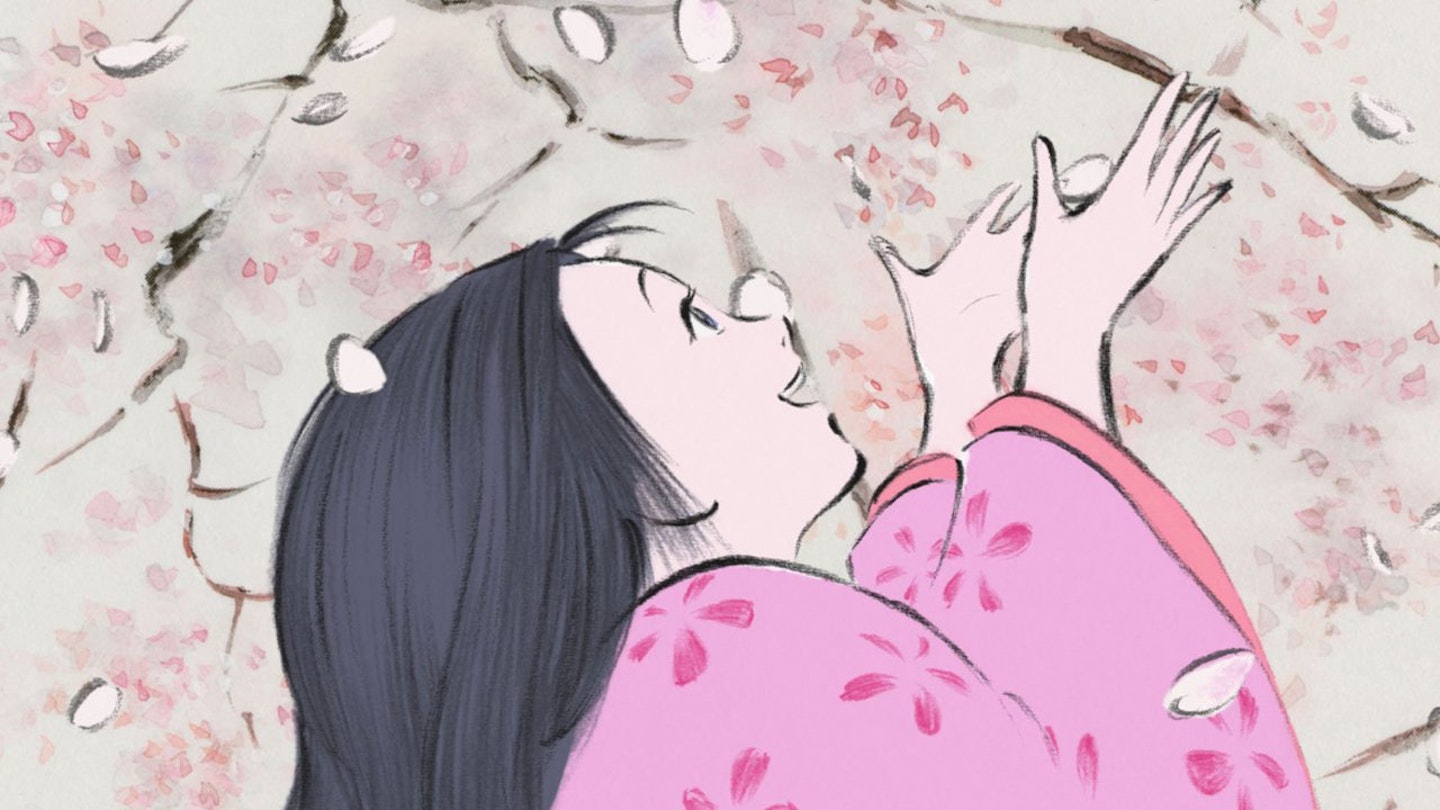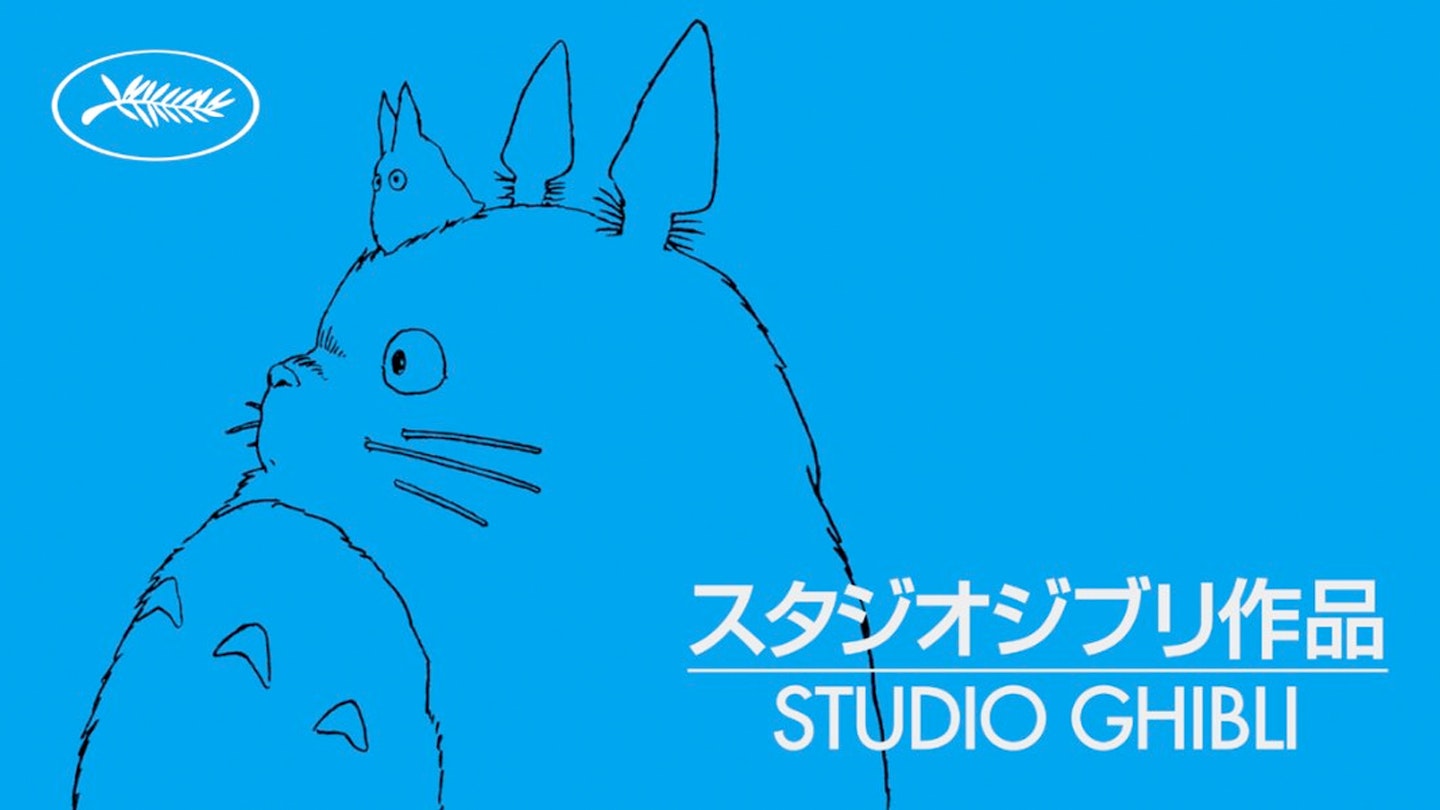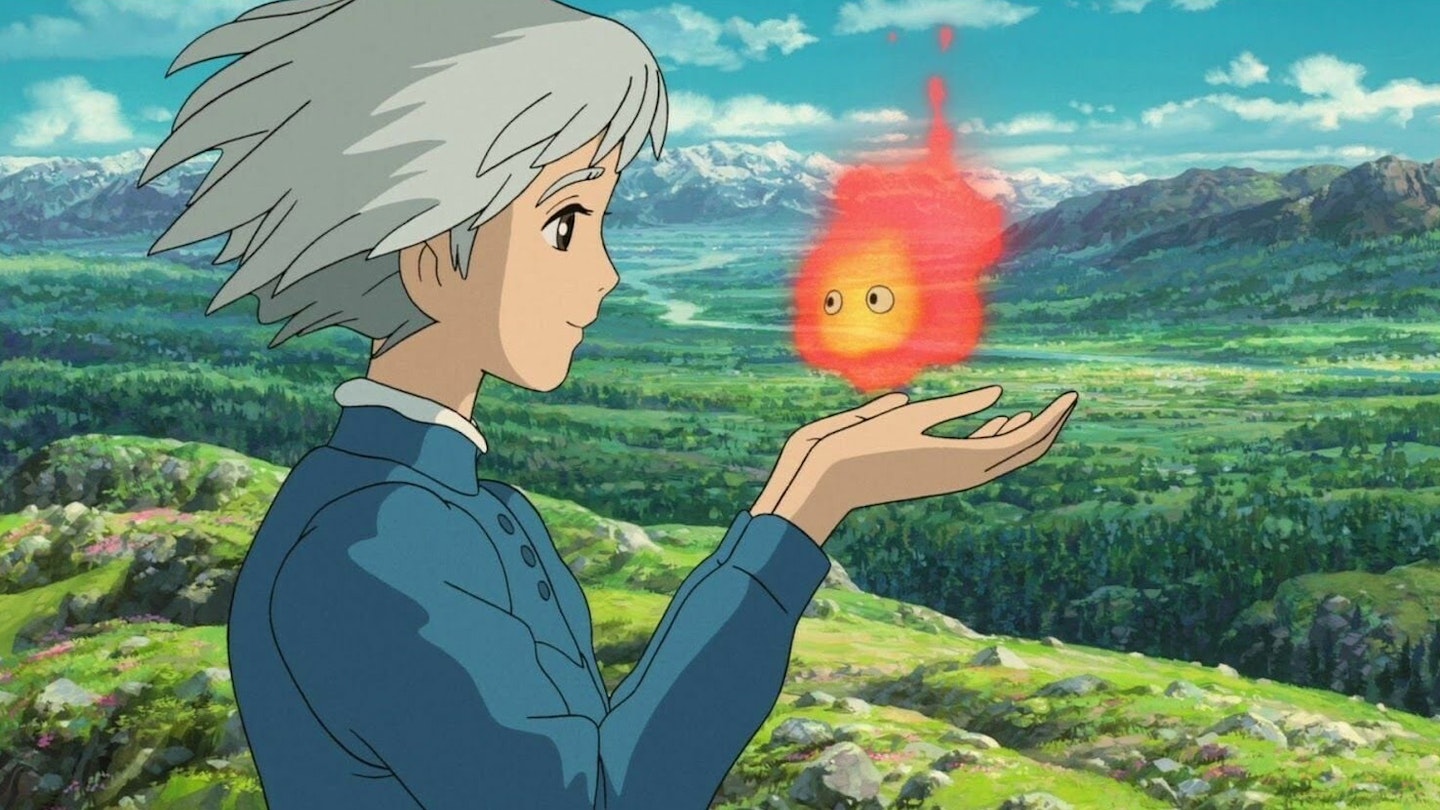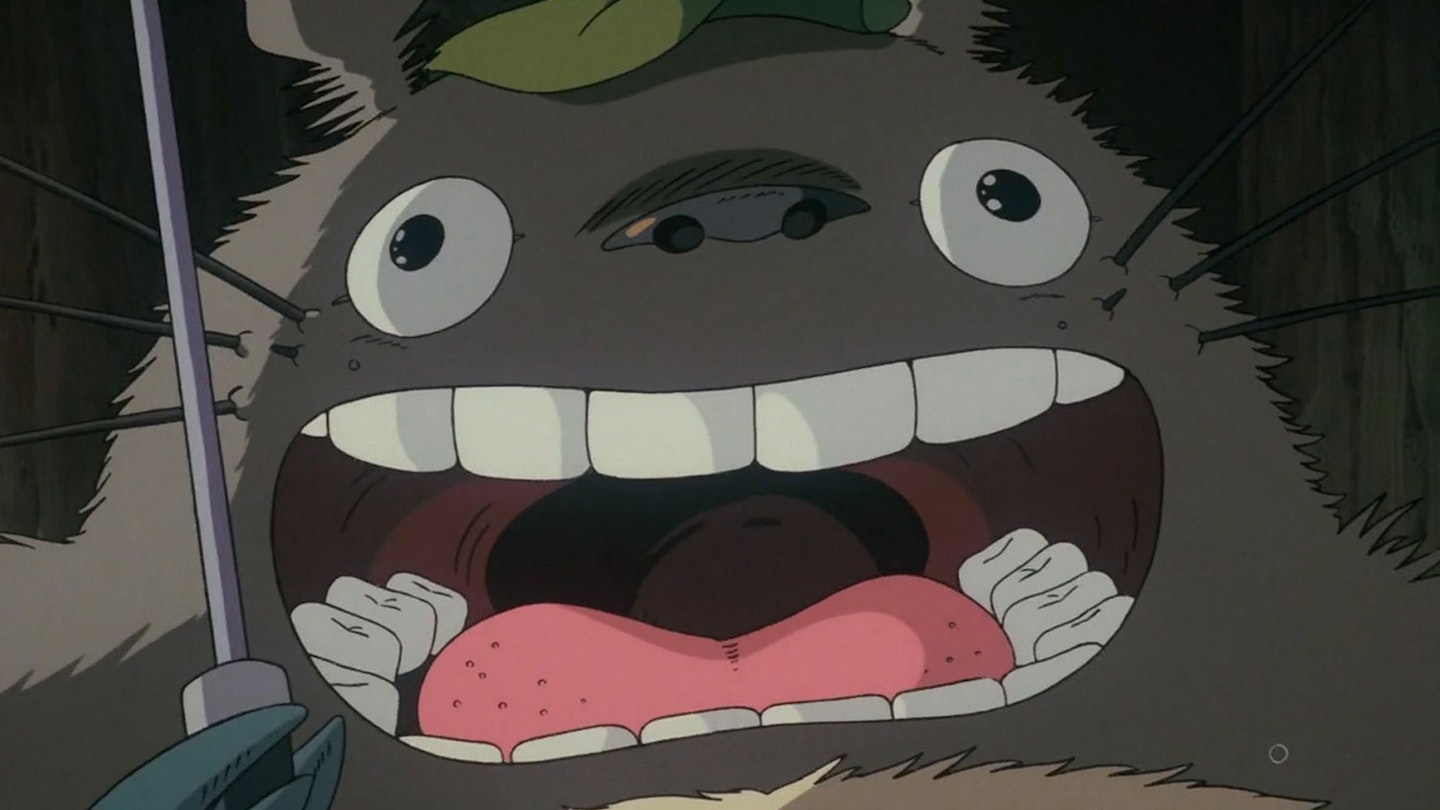Hayao Miyazaki may have announced his retirement, but his Studio Ghibli co-founder and collaborator Isao Takahata is keeping the Totoro-festooned flag flying with The Tale Of The Princess Kaguya, even though it’s his first feature for the studio since 1999’s My Neighbours The Yamadas. If Miyazaki’s films have defined Ghibli (high-flying adventures and inventive fantasy, presented in bold lines and bright colours), then Takahata’s have showcased the studio’s artistic breadth. Grave Of The Fireflies was a World War II tragedy; Only Yesterday a nostalgia-tinted look at childhood; Yamadas a sketch comedy in every sense of the term. But they’ve never travelled as well as Miyazaki’s, not connecting so readily with a big Western audience.
Bolstered by an Oscar nomination, The Tale Of The Princess Kaguya should change that. As an out-and-out fairy tale with a strong-willed female lead, it’s arguably the closest he’s come yet to Miyazaki territory, though the film’s visual style still marks it out. Not only is it soul-soaringly beautiful, it is an exquisite, hand-drawn antitode to the increasing homogeneity of the Hollywood CG animation machine and all its gleaming, whizzing creations.
As with My Neighbours The Yamadas, the look is rougher, sketchier, looser than you’d typically expect from Ghibli; though for Kaguya it’s less doodle-y and more like the kind of thing you might expect an adventurous watercolourist to bring home from a particularly bracing and inspiring country walk. The characters are rendered from thick, charcoal strokes, their level of detail varying appealingly from scene to scene. The environments are primarily impressionistic watercolour washes, the grainy texture of the paper pressing through on the screen.
It creates a surprising depth of emotional engagement. You can feel the joy of watching a baby Kaguya learn to crawl by mimicking a pair of frogs.
The story itself is largely faithful to the tenth-century Japanese folktale on which it’s based, taking moon-exile Kaguya from her brief, idyllic rural childhood to her reluctant transformation into a ‘Princess’ in the capital, and
her determined confounding of numerous suitors, including the emperor himself. It is not, to be honest, a plot that warrants a two-hour-plus run time, so the film is low on incident and instead revels visually in the details: the routines of craftsmen, the minutiae of Nipponese noble etiquette, the frolicking of nature’s critters. It is, to some degree, indulgent, but it’s hard to begrudge when it’s so visually sumptuous.
And thematically rich, too. Takahata’s clearly critical of the falsity and pretentiousness that defines Kaguya’s adult life among high society, and which taints her bamboo-cutter father, too. It is the simple rural life, lived in balance with nature, that represents the most worthwhile existence.
It is also very much a film about living: birth, coming of age, choosing a path (or having one chosen for you), joy, grief, and departing this world. It is hard to imagine how anyone who opens themselves up to the many charms of Takahata’s Tale could not find themselves touched by it.




